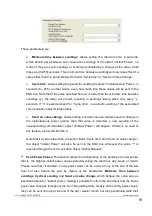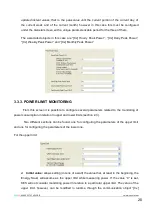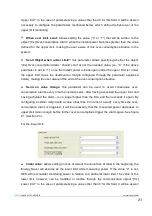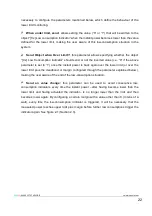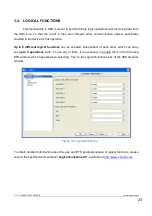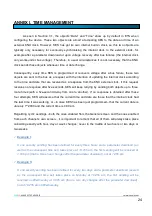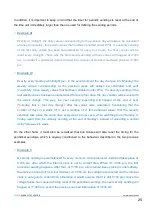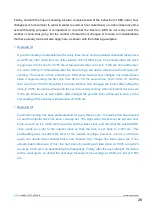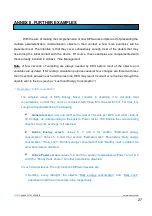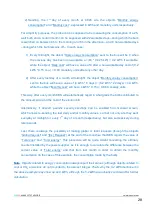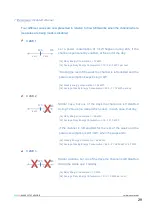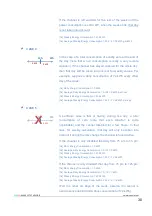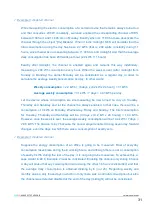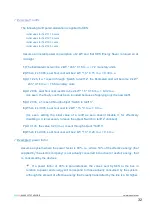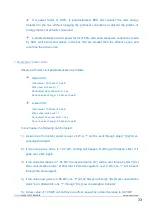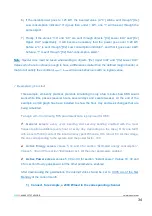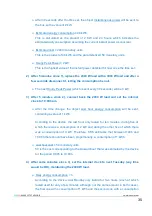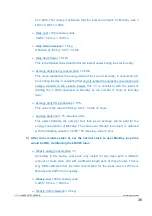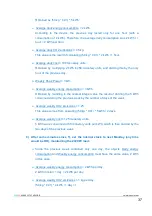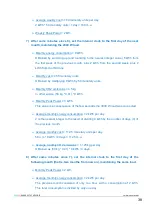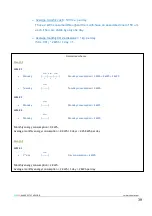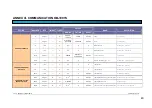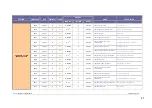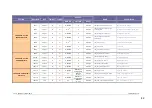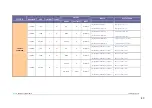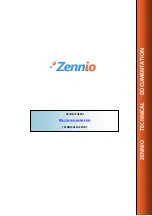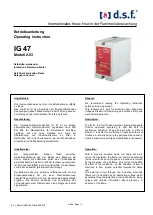
ZENN
iO
AVANCE Y TECNOLOGÍA
vwww.zennio.com
33
33
If a power factor of 100% is parameterized, KES will consider the total energy
detected in the line, without applying the pertinent corrections to discard the portion of
energy that is not actually consumed.
A parameterization with a power factor of 80% will cause excessive corrections made
by KES, which will send values to the bus that are smaller than the effective ones and
also than the active ones.
Example 7: power limits
Assume a Power Limit parameterization as follows:
Upper limit:
Initial value = 200 (tens of a watt)
When over limit, send = 1
Send object when under limit = Yes
Send on value change = 20 (tens of a watt)
Lower limit:
Initial value = 100 (tens of a watt)
When under limit, send = 1
Send object when over limit? = Yes
Send on value change = 20 (tens of a watt)
In such case, the following can be tested:
1)
As soon as the instant power is over 2 kW, a “1” will be sent through object “[Cx] Over-
consumption alarm”.
2) If the value goes down to 1.92 kW, nothing will happen. Nothing will happen either if it
goes over 2 kW again.
3) If the value decreases to 1.78 kW, the inverted value (
“0”) will be sent through object “[Cx]
Over-consumption alarm
”. If after that it increases again to over 2 kW, one “1” will be sent
through the same object.
4) If the value now goes to 0.95 kW, on
e “0” will be first sent through “[Cx] Over-consumption
alarm
” and, afterwards, one “1” through “[Cx] Low consumption indicator”.
5) A new value of 1.05 kW will not have an effect, as well as a later decrease to 0.95 kW.

